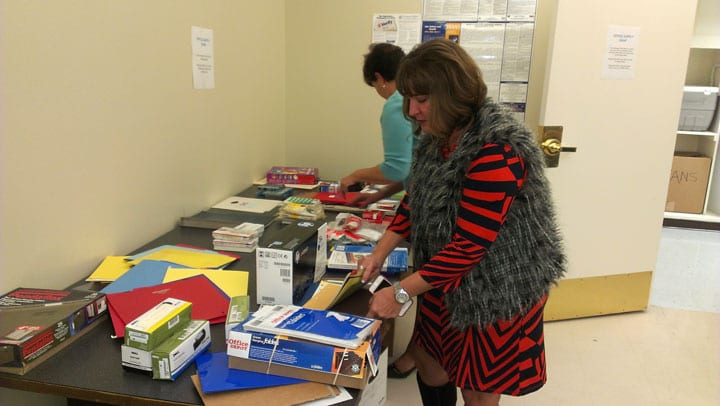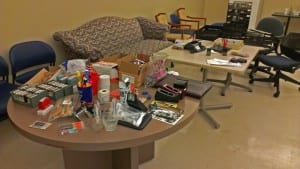In fiscal year 2013, total spending on operations and maintenance at SMU was 20% more than the industry average in higher education. On March 2, the Facilities Initiative team held their inaugural meeting and began working to help the University save between $6 and $10 million in annual facilities and energy spending and improve service delivery across campus.
The primary work of this team will be to identify how to deliver best-in-class facilities efficiency across the entire University while seamlessly supporting SMU’s academic mission. The group will be divided into three sub-teams. Energy Usage will conduct a campus energy audit to identify savings possibilities and recommend long-term energy-efficient strategies for SMU. Space Utilitization will explore paths to improve usage of space for offices, classrooms and other academic spaces and to establish campus-wide targets based on best practices. Service Delivery will evaluate savings opportunities in the areas of contract consolidation, duplicative work, procurement of outside vendors and administrative efficiency.
Dr. Sam Holland, dean of the Meadows School of the Arts, and Dr. Tom Barry, vice president for executive affairs and professor of marketing, will serve as executive sponsors of the Facilities Initiative. Philip Jabour, associate vice president and University architect for Facilities Planning and Management, will serve as project manager for the team.
The team members are as follows:
Energy Usage
• Team Lead: Scot Montague (Dedman College)
• Steve Yeager (Dedman Law)
• Duane Harbin (Perkins)
• Jay Meister (Business & Finance)
• Aaron Conniff (Provost)
Space Utilization
• Team Lead: Jay Hengst (Meadows)
• Darah Rippy (Provost)
• Scott Boone (Business & Finance)
• Marilyn Swanson (Simmons)
• Bill Bridge (Dedman Law)
Service Delivery
• Team Lead: Bill Dworaczyk (CUL)
• Allison Day (Student Affairs)
• Denton Bricker (Business & Finance)
• Kris Harris (Athletics)
• Aaron Molkentine (Business & Finance)


